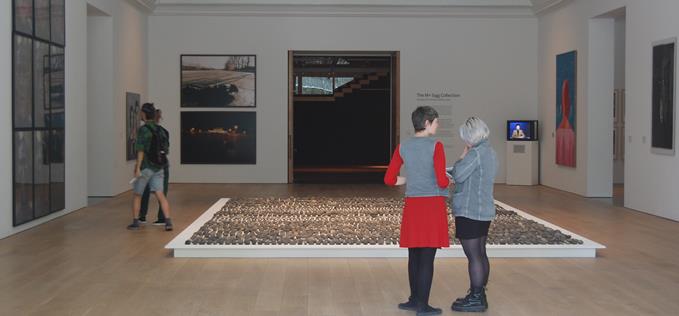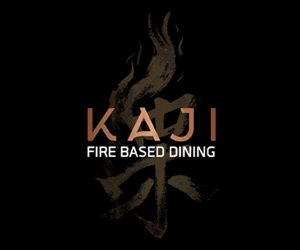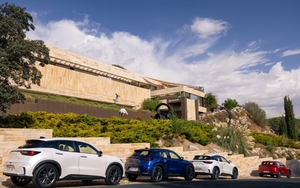AT FIRST glance, the Whitworth’s new exhibition of Chinese art from the 1970s to now is a tumultuous assault of artists, styles and media. The curators, after all, have set themselves the nigh-impossible task of capturing 40 years of art history of one of the world’s largest nations in just three rooms. I recommend taking a few moments just to soak it in and let the questions form – what are those people laughing at? What is the newsreader saying? And most importantly, what did they do to those poor penguins?
The most impressive thing for western visitors is how hard these artists have had to struggle (and still do) to make their voices heard...
Of course some context is needed. The M+ Sigg Collection was compiled by the Swiss collector Uli Sigg (who was also ambassador to China) and is acknowledged to be the largest and most comprehensive collection of contemporary Chinese art in the world. The collection itself is huge and will be presented to the new M+ museum for visual culture due to open in Hong Kong in 2019. This carefully edited exhibition presents around 80 pieces from the collection and The Whitworth has bagged the only showing in the UK.
In the face of all this diversity, some straightforward themes are needed. The grand unifying theme is that of politics and repression. The exhibition is simply divided by chronology, and the first room (1970s-1990s) is naturally the most gritty, with stark reminders of the fate of artists in the People’s Republic at that time. There is Chinese Pop Art depicting Mao and other leaders, and many documentary photographs of art collectives secretly at work, including China’s first example of nude performance art by the artist Wang Peng. But perhaps the most poignant is the paint box of Zheng Ziyan. Since producing art was risky, artists were forced to use tiny paint boxes about the same size as the Little Red Book which could fit into satchels and pockets without attracting attention – a reminder that even painting a picture was a dangerous pursuit in these times.
 M+ Sigg Collection
M+ Sigg CollectionThe peaceful centre of all this political tumult is Ai Weiwei’s Still Life (1995-2000), a collection of Neolithic axe heads painstakingly arranged on the floor, bathed in the light of one of the large windows that faces out onto the park. The axe-heads are said to be 8,000 years old, a clever way of bringing in the old in this contemporary exhibition. The axes are overlooked by Zhuang Huan’s Family Tree (2000), a series of photos of the artist’s face being progressively blacked out by Chinese calligraphy, the artworks together making a statement about how the past helps or hinders the artist to express himself.
The final room, entitled 'After 2000', is less urgent and more reflective in its rhetoric. Cao Fei’s Whose Utopia (2006), for instance, is a touching film about the lives of workers filmed at the OSRAM lighting factory in the Pearl River Delta, making a deeply poignant comment on the rapid economic progress China has made in the last fifteen years. Make sure you watch to the end of the film for an insight into these workers’ inner lives.
And you’d be hard pressed to miss Looks Like a Landscape Painting (2004) by Liu Wei, which as the title suggests, looks like a traditional Chinese landscape painting of mountains rising out of the mist. But under closer inspection those tranquil mountains are in fact a collection of buttocks, the wispy foliage body hair, and the little figures - mosquitoes.
This intense, often startling exhibition is well worth going to see for its compact lesson in art history and the recent cultural upheavals in China. But the most impressive thing for western visitors is how hard these artists have had to struggle (and still do) to make their voices heard.
M+ Sigg Collection: Chinese Art from 1970 to now runs at The Whitworth Art Gallery from 1 July to 20 September 2015. Free entry.
 Ai Weiwei's Still Life, Whitworth
Ai Weiwei's Still Life, Whitworth












